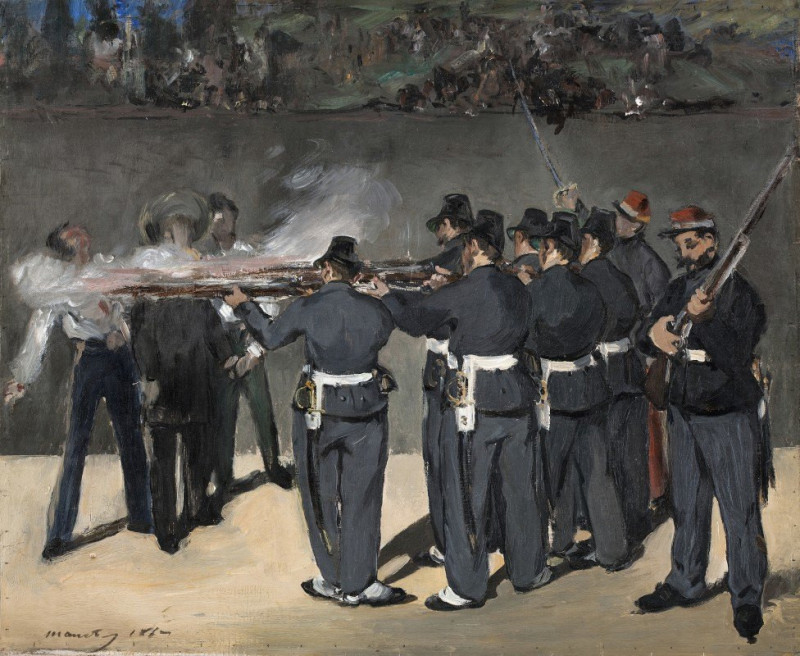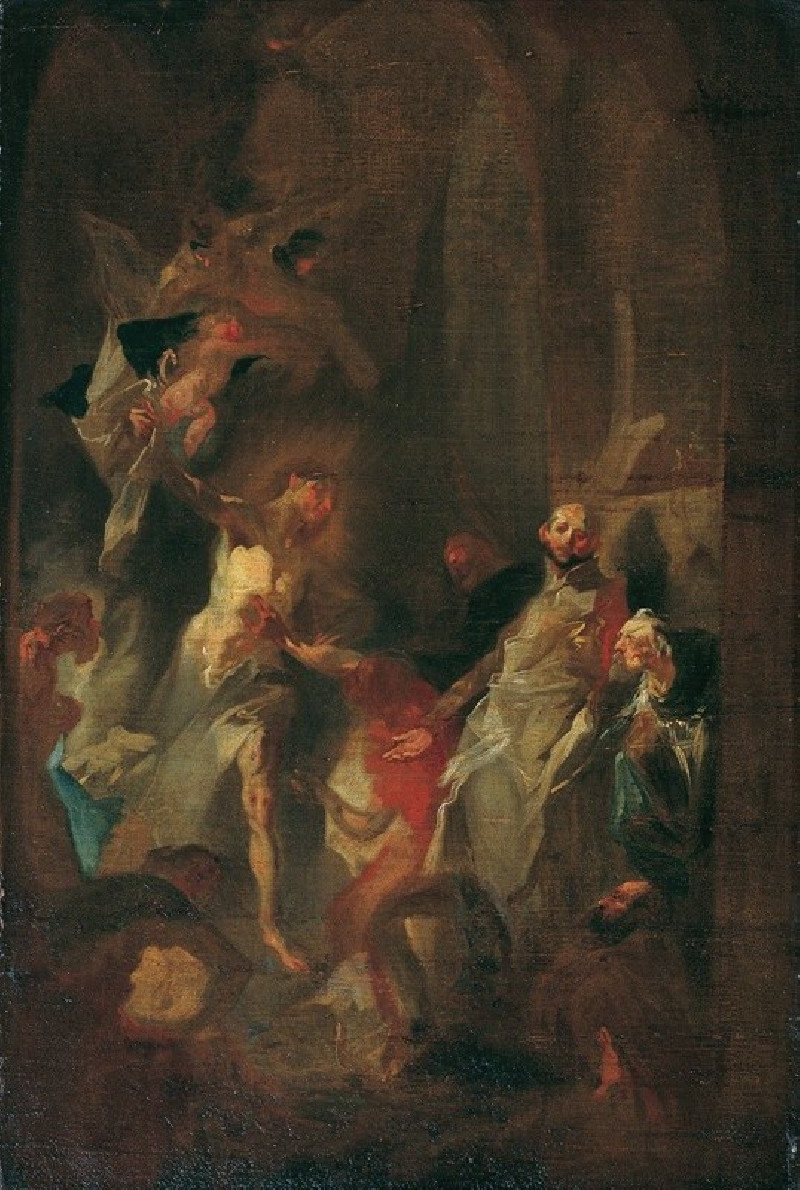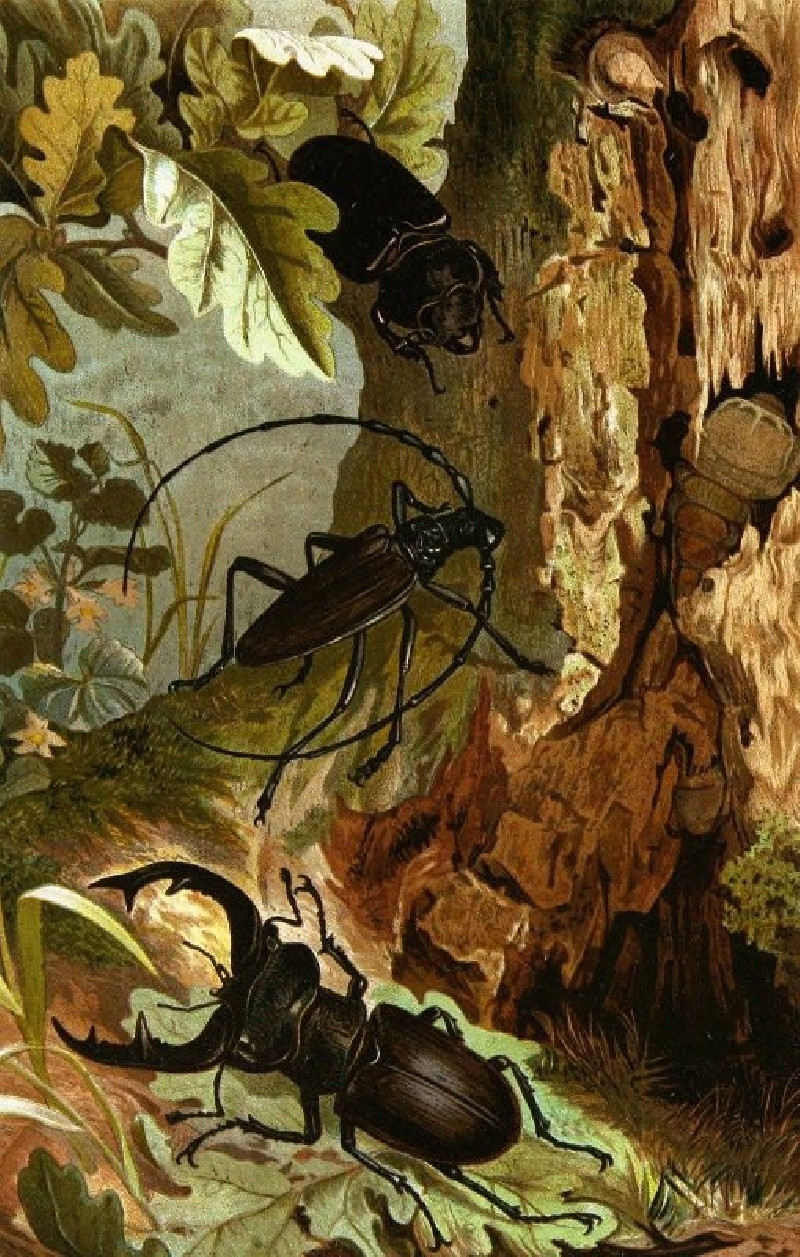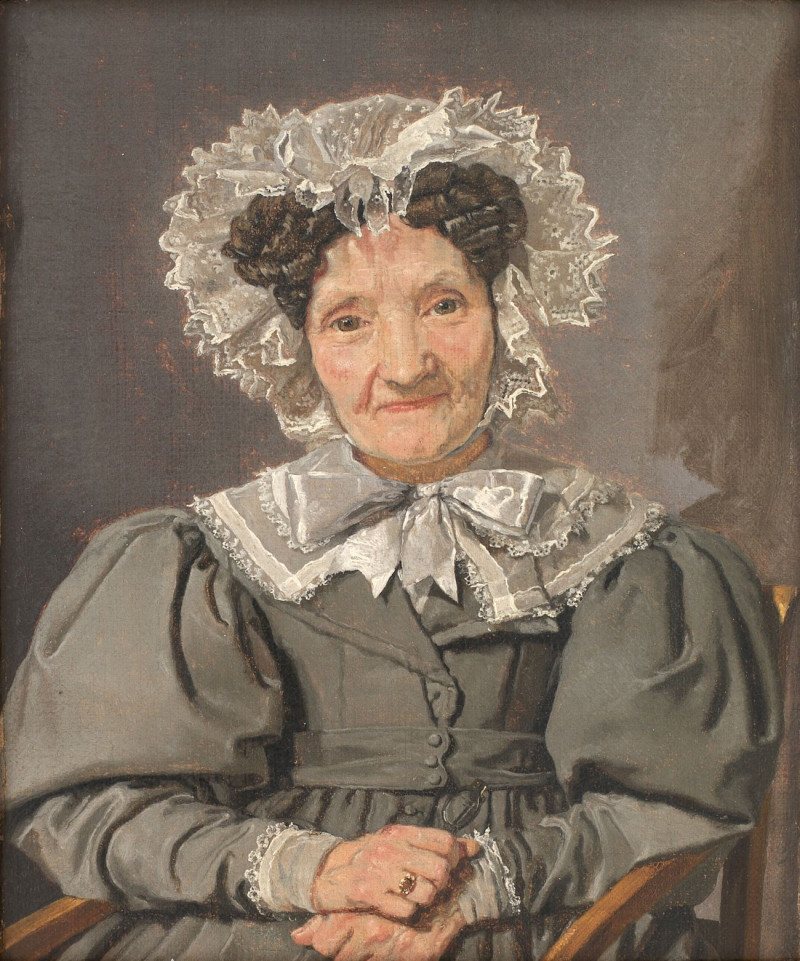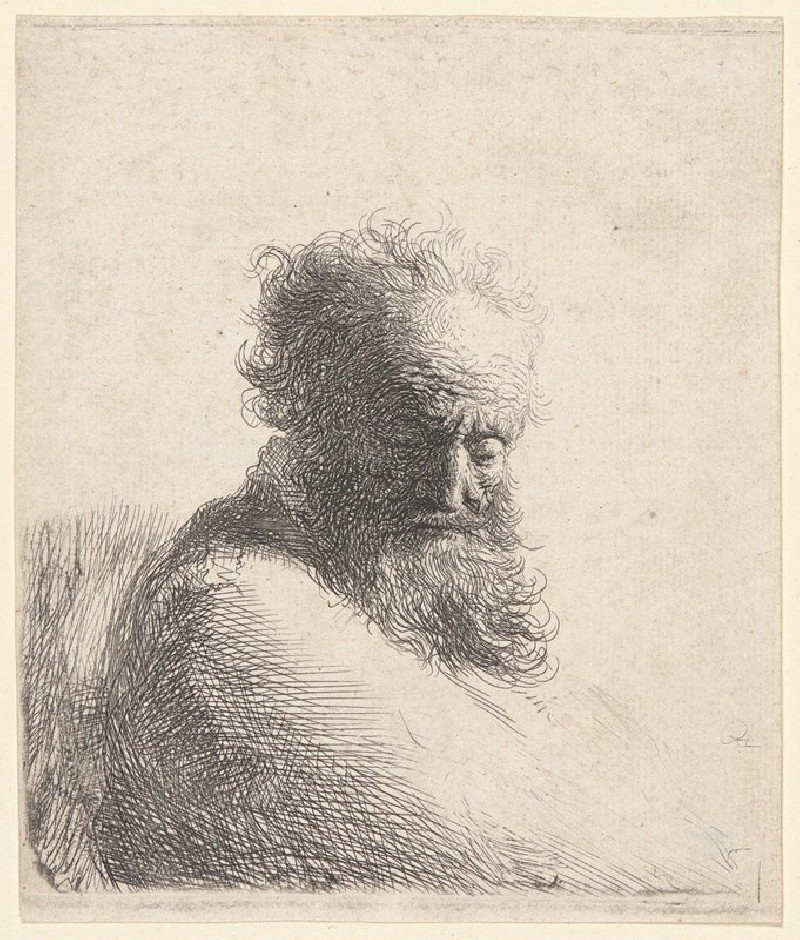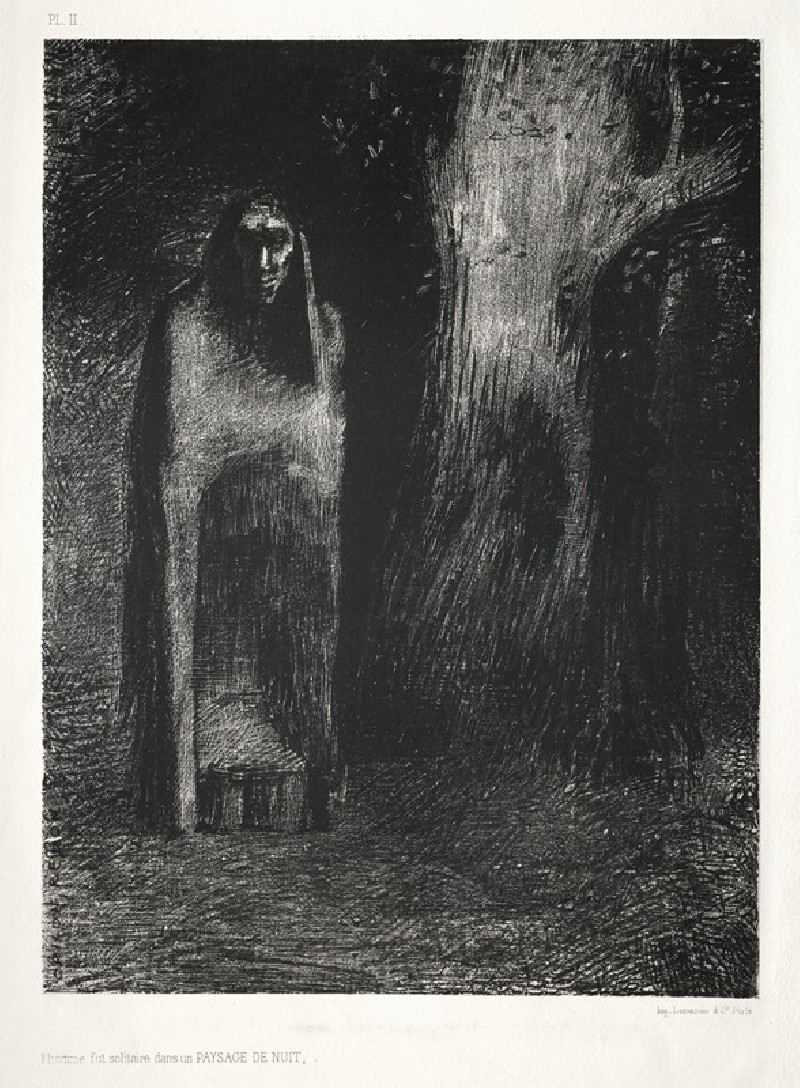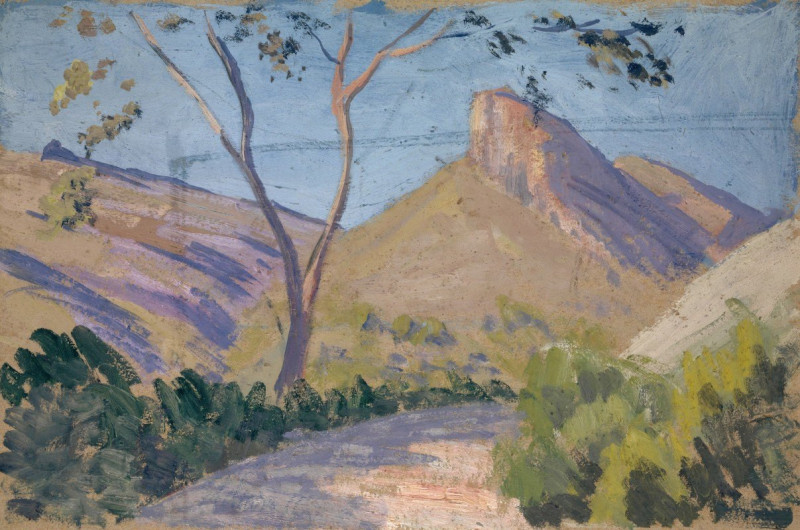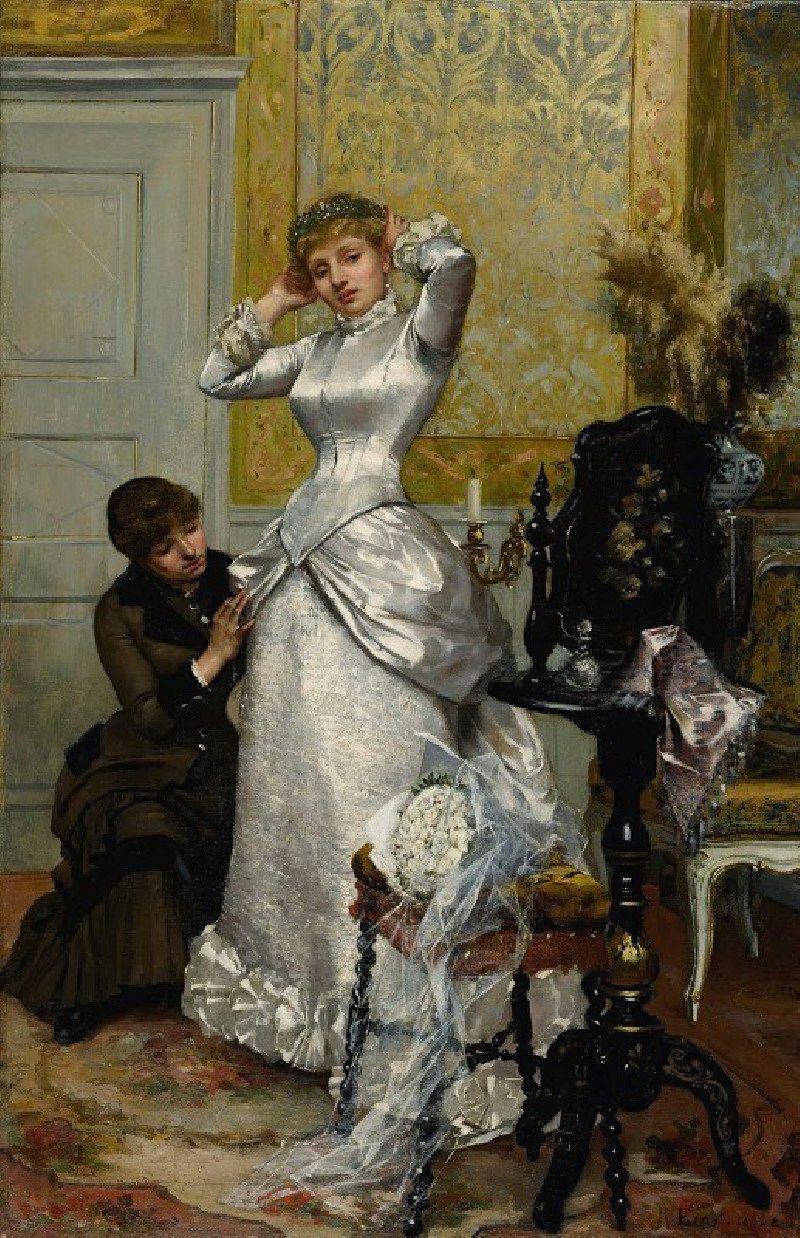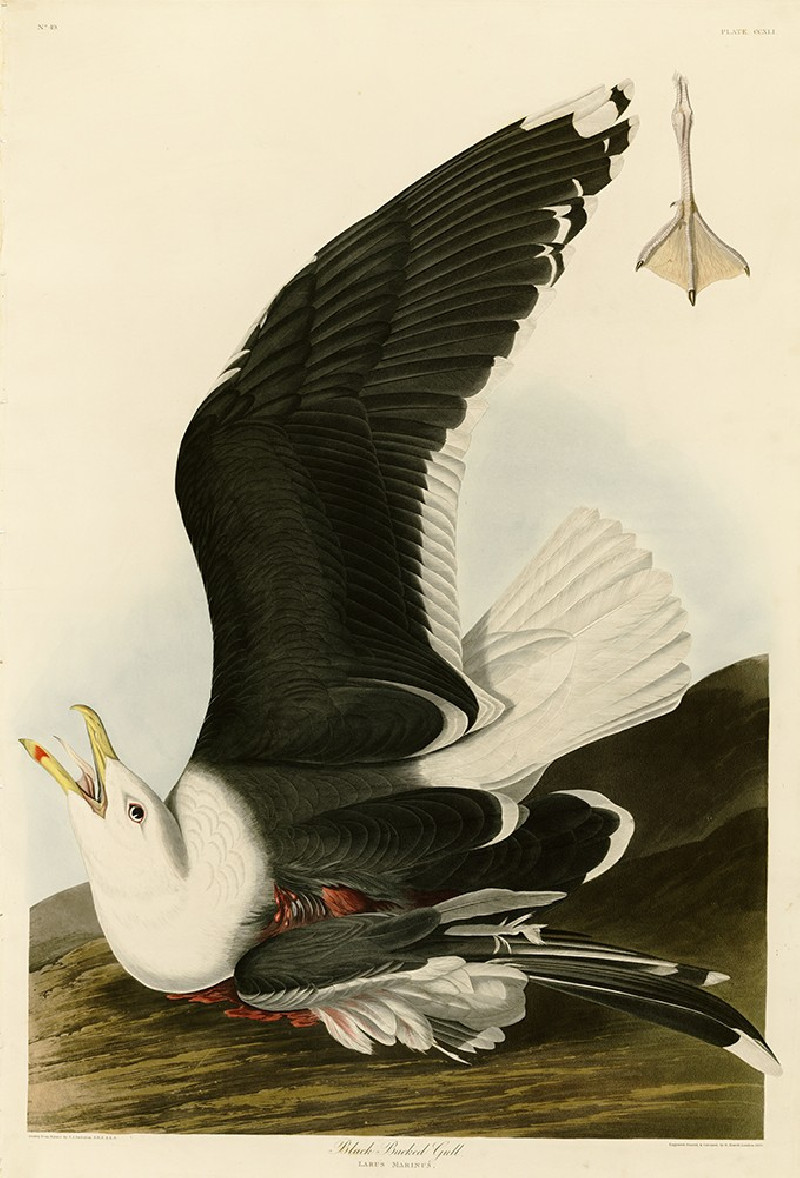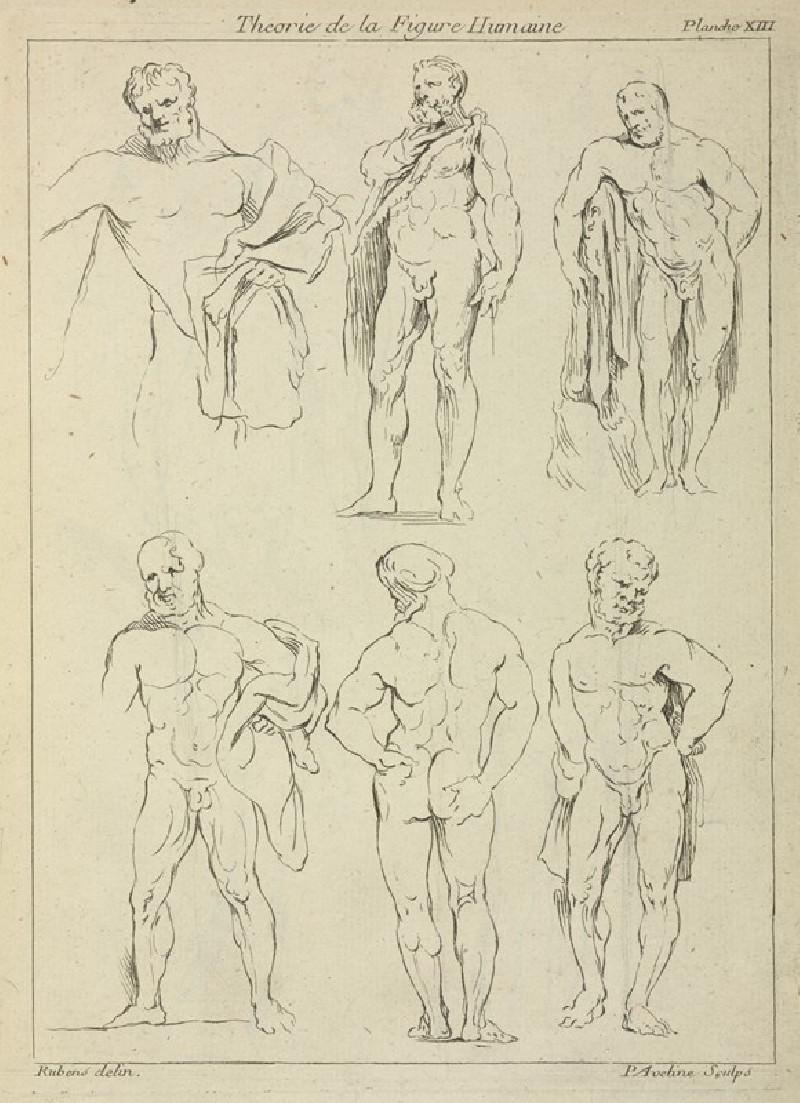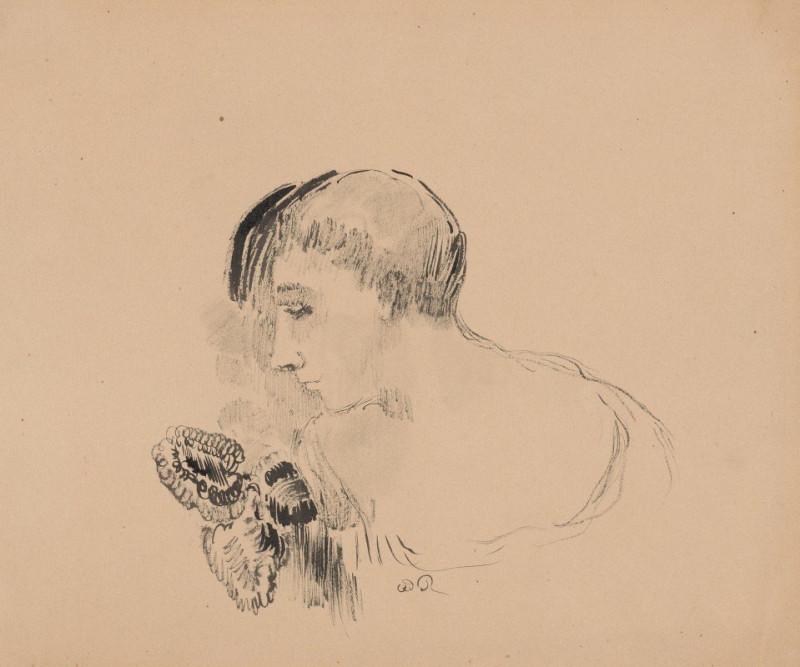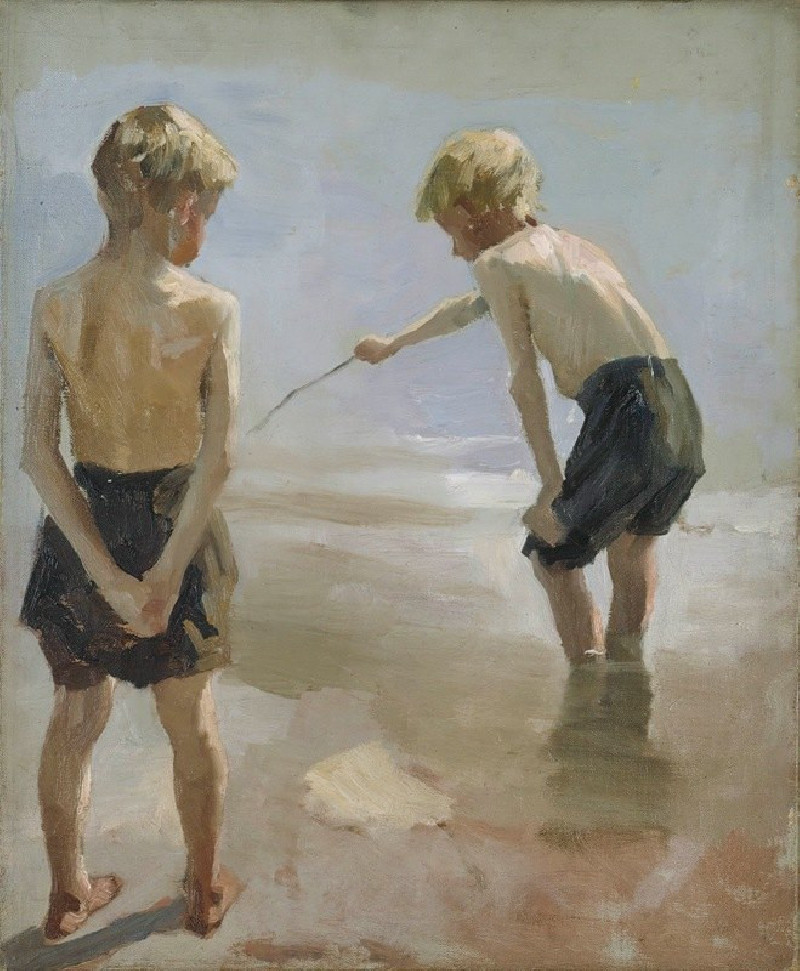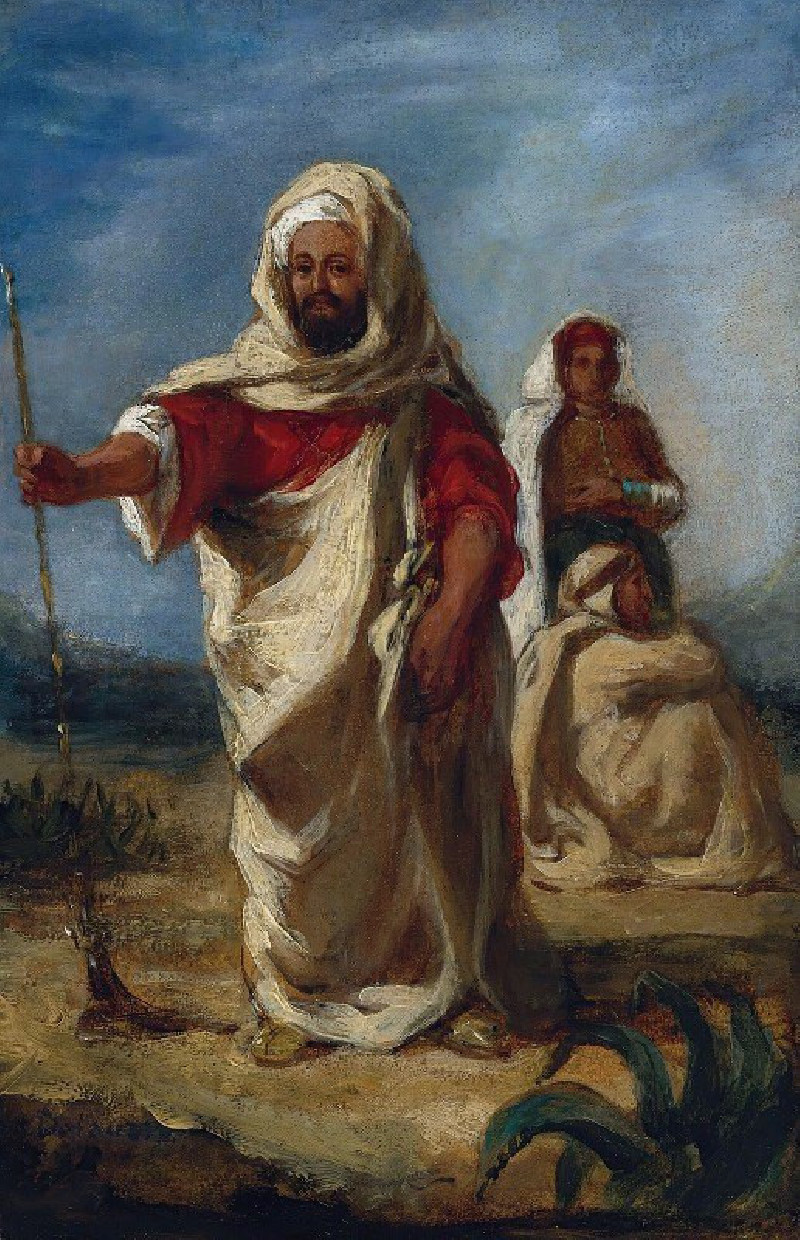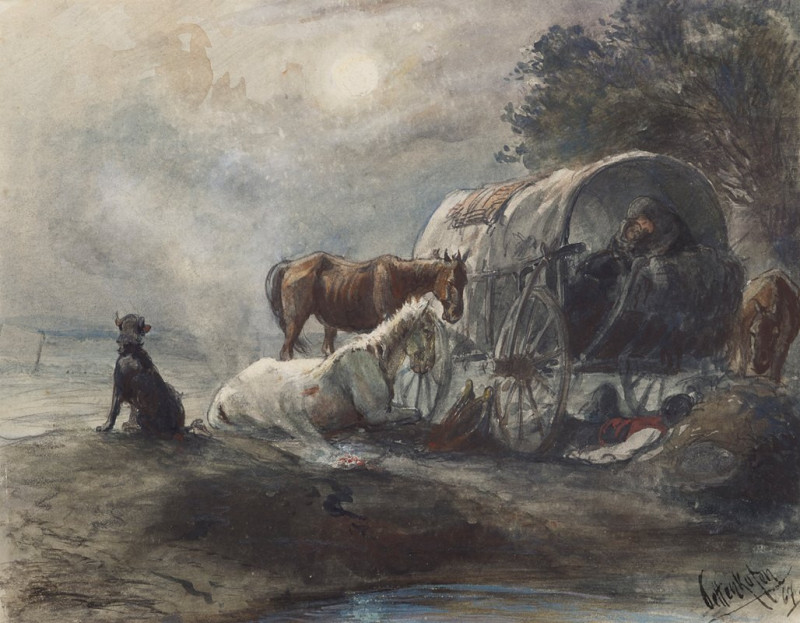The Execution Of Emperor Maximilian (1867)
Technique: Giclée quality print
Recommended by our customers
More about this artwork
Edouard Manet's significant work, "The Execution of Emperor Maximilian" (1867), delves into the powerful political upheavals and emotional sphere surrounding the execution of the ill-fated Emperor Maximilian of Mexico. This stark portrayal presents a gripping historical scene, wherein the immediacy and turbulence of the moment are vividly captured.The painting depicts Maximilian along with his two loyal generals, a moment away from their execution by a firing squad. The figures, positioned against a bleak landscape, are intensely dramatized through Manet’s loose brushwork and the contrasting play of light and shadow. The viewer is drawn directly into the scene as the execution squad, their backs to us, fires upon the condemned. Each figure is rendered with a striking individuality, elevating the grim narrative to a poignant human drama.Manet’s work not only captures a moment of intense political significance but also opens a dialogue on the themes of injustice, power and the human condition. His representation transcends the specific event, touching upon universal emotions and inviting reflections on authority, allegiance, and fate. Through this painting, Manet challenges the observer to confront unpleasant truths and compels engagement with the broader implications of the portrayed events.
Delivery
Returns
Édouard Manet (1832–1883) was a French modernist painter and one of the first 19th century artists to paint modern life. His impressionist style is characterized by relatively small and thin brushstrokes that create emphasis on light depiction. Manet was one of the key artists in the transition from realism to impressionism, along with Claude Monet, Edgar Degas, and Pierre-Auguste Renoir. However, he resisted involvement in any one specific style of painting, and only presented his work to the Salon of Paris instead of impressionist exhibitions. His early masterworks, The Luncheon on the Grass and Olympia, created great controversy and served as a rallying point for other young painters.

